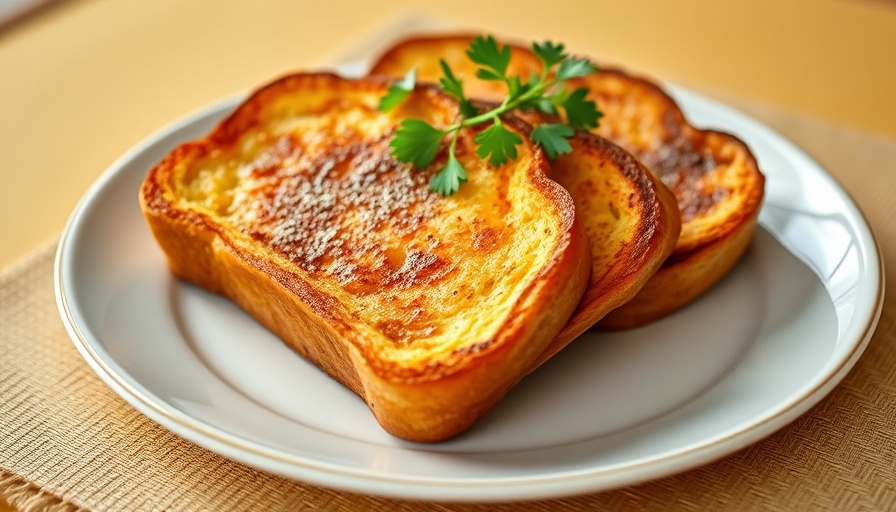
Understanding Sugar: The Impact of Overconsumption
Many of us enjoy a fresh bowl of fruit on a warm summer day, but did you know that some fruits can significantly boost your sugar intake? Fruits are celebrated for their health benefits; they are packed with vitamins, minerals, and fiber. However, the natural sugars found in fruits can pose challenges, especially for those monitoring their blood sugar levels or seeking to manage their weight. When consumed excessively, even healthy foods can contribute to potential health problems.
Common High-Sugar Fruits to Watch Out For
Although fruits have beneficial attributes, some varieties can lead to increased blood sugar levels and weight gain. Here are the top high-sugar fruits you may want to consume in moderation:
- Grapes: Rich in vitamins and antioxidants but containing 16.1 grams of sugar per 100 grams, grapes can be enjoyed in moderation, with half a cup being a safe serving.
- Mango: A summer favorite with a sugar content of 14-15 grams per 100 grams. Limiting your intake to half a mango daily is advised to reap its benefits without excessive sugar intake.
- Sapodilla (Chikoo): This tasty fruit offers around 13-14 grams of sugar per 100 grams. One small chikoo is ample to enjoy its health benefits.
- Litchi: While delightful and nutritious, litchis contain 15.2 grams of sugar per 100 grams. The recommended serving is about 5-6 litchis.
- Banana: Containing approximately 12 grams of sugar per 100 grams, bananas are nutritious but should be eaten less frequently than other fruits.
Why Sugar Control Matters for Everyone
Managing sugar consumption is crucial, not just for those with diabetes but for anyone looking to maintain their health. Research indicates that excessive sugar intake is linked to several health risks:
- Weight Gain: Foods high in added sugars contribute excess calories without nutritional value, leading to weight gain.
- Cardiovascular Complications: Increased sugar intake can raise blood pressure, cause inflammation, and foster unhealthy fats in the bloodstream, elevating the risk of heart disease.
- Dental Issues: High sugar content can promote tooth decay, with fruits also contributing to cavity issues when consumed excessively.
- Blood Sugar Fluctuations: Overindulgence in fruits high in sugar can result in unstable blood sugar levels, particularly challenging for those with diabetes.
Simple Changes for a Healthier Lifestyle
Transitioning towards healthier eating habits does not have to be overwhelming! Here are some actionable tips to consider:
- Opt for fruit alternatives that are lower in sugar, such as berries and kiwi.
- Incorporate fruits into meals rather than consuming them as standalone snacks to balance sugar impact.
- Increase your intake of vegetables, which generally have lower sugar levels and exceptional nutritional benefits.
- Choose whole fruits over fruit juices or dried fruit to avoid concentrated sugar levels.
Striking a Balance with Nutrition
Understanding the sugar content in fruits is essential for balanced nutrition. Emphasize moderation and variety in your diet to enjoy all the health benefits while keeping potential health risks at bay. Embrace the journey towards sustainable, healthy eating habits that prioritize whole foods, mindful consumption, and the joy of nourishing your body.
Conclusion: Taking Charge of Your Health
With awareness and simple adjustments, it's possible to enjoy your favorite fruits while managing your health optimally. Explore lower-sugar alternatives, enjoy fruits in moderation, and emphasize a variety of vegetables in your diet. Remember, it’s not about eliminating foods but rather about making informed choices for a healthier lifestyle.
To stay updated on health trends and transform your lifestyle positively, consider subscribing to our daily newsletters. Make informed, sustainable changes that benefit your overall well-being!
 Add Row
Add Row  Add
Add 




Write A Comment